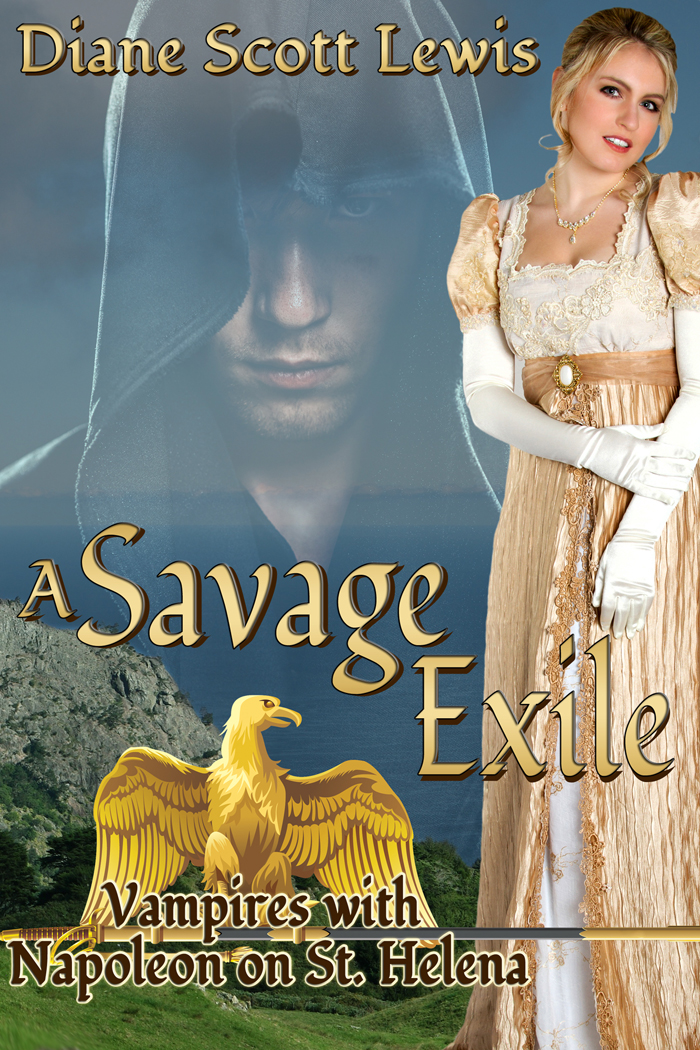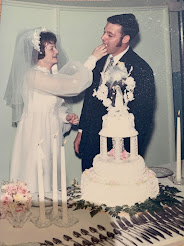Ahhh,
bewitching felines…. I lost my heart to them many years ago.
Our
first cat at home was named Tiny, because she was, well … tiny, and I loved her
completely with a child’s trust that she would live forever. But of course she
didn’t, and I can still feel that horrible wrenching grief when she met an
untimely end. I was the one who found her and it was my first experience with
that kind of loss.
There
have been several others who have soft-footed their way through my days, both
real and imagined. Like the very spicy Cinnamon in Almost Broken:
“The
telephone stopped ringing, finally, and as she stood there willing herself to
relax, a dark orange ball of fluff strutted proprietorially into the hallway,
stopping for a moment to massage the beige tufted hall runner with extended
claws. It created a rhythmic picking sound that would only be appreciated for
its usefulness by another feline, and never by an antique wool rug.
‘Cinnamon,
you stop that,’ Viola scolded the cat gently, having recovered herself. ‘You’re
going to damage my runner. I’ll put you in the back room and leave you there if
you keep it up, my dear.’
The
cat ceased its mistreatment of the hall runner as requested, regarding her
mistress with wide olive green eyes that said she knew Viola would do no such
thing….”
It’s
been said that animals sense when people are good, or maybe they simply respond
to whatever good there is in a person. Viola Callaghan in Almost Broken was not
a nice person by anyone’s description, but she loved her cat. It seems that was
one of her few redeeming features:
“Cinnamon
yowled impatiently again, clearly not pleased that Odell was in the house. The
cat tolerated him at best, hissing if he took liberties such as trying to pet
her long thick fur, tickling her behind her ears or trying to get her to play
with her yarn toy, dangling it annoyingly in her face. That was last week, and
she’d ignored it with a sour look, stomping away in disdain. He got on her
wrong side just by being here because she was fiercely protective of Viola, and
Odell had felt the sting of her claws often enough to verify that.
‘I’ve
got to feed the cat,’ Viola explained when the yowling shot up a notch. ‘She’s
on a schedule and I have to keep to it because she’s diabetic.’
‘I
thought it was her thyroid.’
‘It
is, and during her last check-up they discovered diabetes, so….’
‘Well,
she’s old, but she couldn’t ask to be any better cared for. You are devoted to
that cat.’
Viola
stooped and picked up the cat, Cinnamon settling into her arms and immediately
beginning to purr loudly. ‘She’s the only one I have in this world who loves me
unconditionally, so why wouldn’t I be devoted to her?’’”
The
most recent feline star of my life was
Daisy, for fifteen years anyway, and she was actually part of every BWL book in
the about the author section. She was amazing, thirteen pounds of feisty
devotion.
I
remember the day Daisy came into my life, a spirited, orphaned, barn kitten. She
made her debut the day after the exterior boards on the barn had been oiled.
That’s when we saw this little cream coloured kitten march out of a horse stall
early one spring morning. She was maybe four or five weeks old at best, with a jet
black nose, matching ears, tail (white tip) and paws (except for one
cream-coloured toe), and our first thought was oh no, she must have gotten into
some barn oil residue. But how was that even possible? Any unused product had
been safely stored away when the job was done, but however it happened, she
would have to be cleaned immediately.
On
closer inspection we saw that it was not oil at all, those were her natural
markings! So … how on earth did a Himalayan kitten get in the barn where that
spring’s crop of feline babies were either orange, grey, white, black or an
interesting combination thereof? Only Daisy had Himalayan markings; the typical
flat face, pretty blue eyes, and a bit of orange on her forehead, obviously in
salute to a ginger tabby mother who was apparently now missing. And where had the
kitten been all this time? It seems her mother had gotten into a small opening
in front of one of the horse stalls and had her baby in there.
We
placed Daisy with another mother cat and her kittens in the haymow, and she was
quickly accepted, the latest addition soon nursing contentedly.
The
mystery of Daisy was solved the very next day at the local convenience store
when I saw a lost pet poster for Gabriel, a beautiful Himalayan tomcat. So we
knew where at least one of his stops had been while he was on the lam.
At
about eight weeks Daisy made the journey from the barn to the house in a pet
carrier, and to ease that transition we brought along another kitten, Irene, whom
Daisy had become attached to.
And so continued Daisy’s life on the farm, still as feisty as ever, with one feline fiasco after another. Such as leaping unexpectedly onto the bannister at the top of the stairs. When she reached the bottom she flew through the air and landed with a thud. Another vet visit, but there were no injuries and in a couple of days she was raring to go again
When
she and Irene were spayed, we had to keep them both quiet for a few days. Once
home I opened the door to the pet carrier and Daisy shot out like a cannonball,
leapt into the air and flipped over onto her back. The vet said I should bring
her in right away to be checked, and Irene watched from her little bed as we
loaded Daisy into the carrier once again. Thankfully though, Daisy’s stitches had
held.
She
was sassy and irreverent by times and doled out affection strictly on her
terms. If you violated that trust with an impromptu hug or tickle you were soon
to know it wouldn’t be tolerated. Still, she was loving and loyal and enjoyed
keeping me company when I wrote. She was my muse.
Daisy left us in June of 2021, her health slowly going downhill during the two years prior to her death. Her vet had warned me that her breed would likely only live to the age of fifteen or sixteen, and with the aid of regular meds she made it just two months beyond her fifteenth birthday. And then things took a dramatic turn and sadly it was the end of the road. We miss her terribly; I still expect to see her around every corner, even after all this time. I couldn’t even write about her until now because it was just too difficult; the painful goodbye still too fresh. But I want to remember her in a significant way, and so this is for her




.jpg)











.jpg)





.jpg)
.jpg)


















.jpg)
.png)